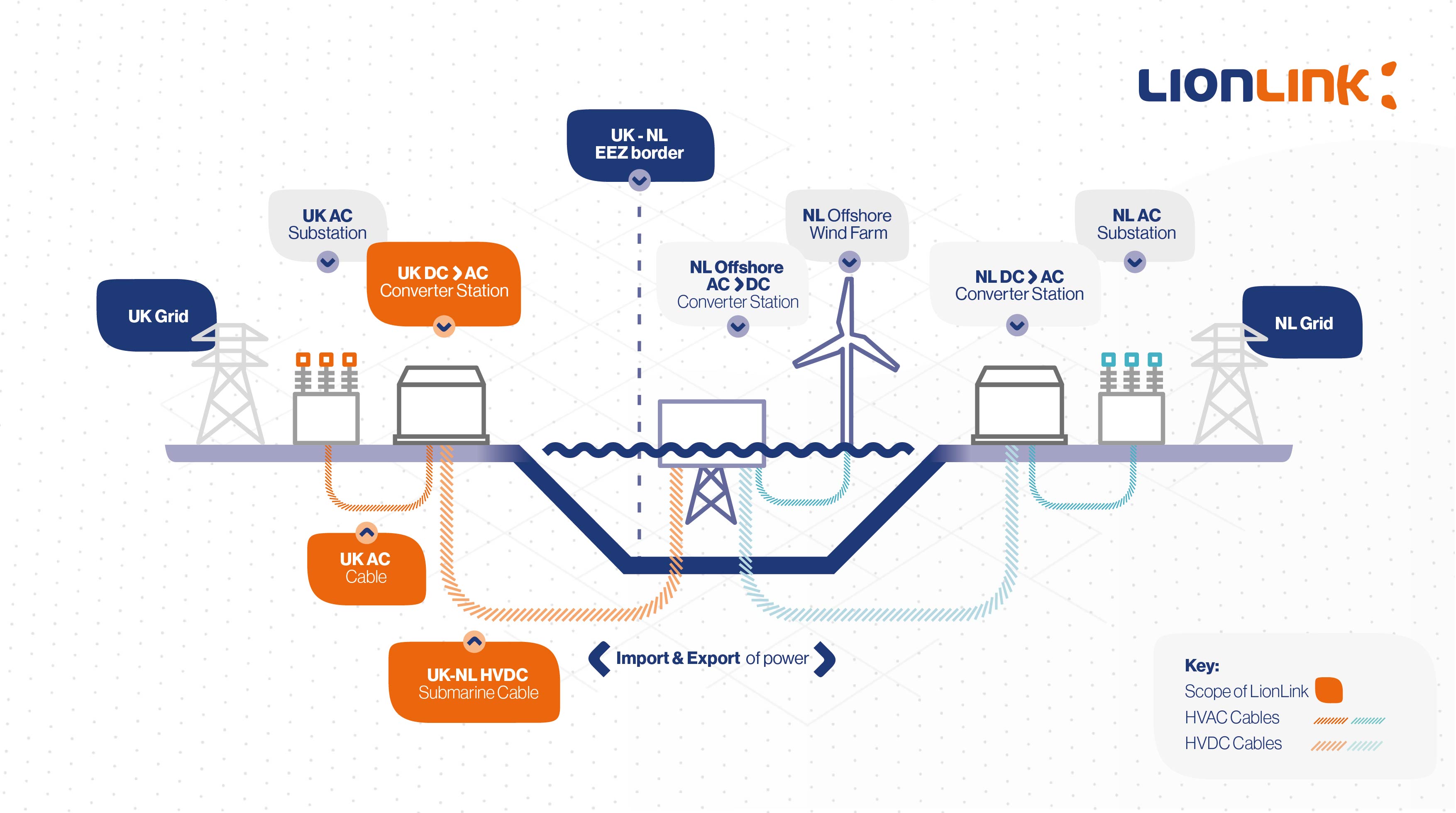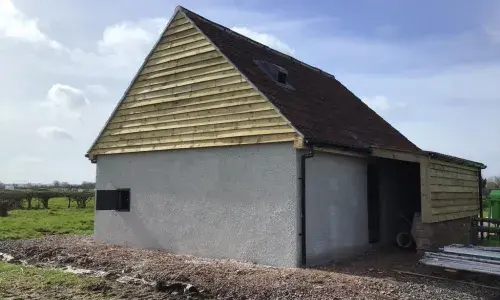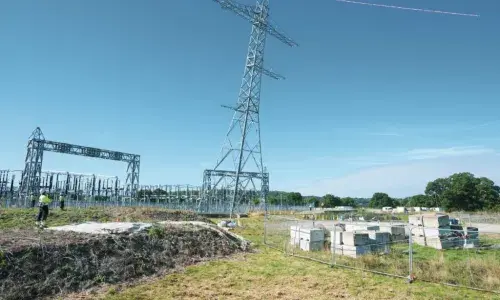
National Grid and TenneT collaborate on proposed first-of-a-kind Anglo-Dutch electricity link
National Grid and TenneT collaborate on proposed first-of-a-kind Anglo-Dutch electricity link
-
Speaking at the North Sea Summit in Belgium, Dutch and British Ministers welcome plans for a new electricity link to connect offshore wind between the UK and the Netherlands
-
LionLink would support decarbonisation, energy independence and strengthen British, Dutch and European security of supply
-
Connecting offshore wind via the first cross-border direct current cable could be a vital step towards an integrated offshore grid in the North Sea
National Grid and TenneT have today [24 April] announced plans for a first-of-its-kind electricity link that will connect offshore wind between the Netherlands and the UK.
LionLink, which was included as a key project in today’s North Sea Energy Declaration, could connect wind farms to the electricity grids of both countries via a subsea high voltage electricity cable, called a multi-purpose or hybrid interconnector. The development would be the first of its kind for the UK and the Netherlands, and the first step towards an integrated electricity grid in the North Sea.
Welcoming the announcement at the North Sea Summit in Ostend (Belgium), UK Secretary of State for Energy Security and Net Zero, Grant Shapps, and Dutch Energy Minister, Rob Jetten, expressed their support for the LionLink project, recognising it as an important step milestone in realising the full potential of the North Sea as Europe’s green energy powerhouse. The UK and EU have a combined target for 110GW of installed offshore wind capacity by 2030, which will make a major contribution to both energy security and climate targets across the region.
LionLink will benefit from the strong and established long-term partnership between the UK and the Netherlands and supports the broader objective of North Sea countries to secure sustainable long term energy security for Europe and the UK by connecting renewables via interconnection.
The British and Dutch energy markets were first connected in 2011 via the BritNed point-to-point interconnector, which has played an important role in supporting energy security this winter.
Manon van Beek, CEO TenneT, said: “It's our conviction that offshore hubs configured in a meshed DC grid must form the backbone of the North Sea powerhouse. This is a view that is increasingly shared, and for us, it is more than a vision of the future. In fact, we are already doing it by kicking off this ground-breaking LionLink project right now. It's a first step and a great opportunity to learn as the offshore grid takes shape. “
Ben Wilson, President National Grid Ventures, said: “Connecting wind farms to multiple markets simultaneously is a game changer for energy infrastructure and brings us one step closer to realising the enormous green energy potential of the North Sea. Not only can we deploy every spare electron where it is needed most, we can help to reduce the impact of infrastructure on coastal communities. We now need the right political, legal and regulatory framework to make it happen and establish a mutually beneficial North Sea grid to deliver a cleaner, more secure and more affordable energy future for British and European consumers.”
Minister Rob Jetten, Climate & Energy, said: “The British and Dutch energy markets were first connected in 2011 via the BritNed interconnector. This connection has played an important role in supporting energy security this winter. With the North Sea becoming the largest supplier of green electricity for The Netherlands and large parts of Europe, we are ready to expand the interconnection between the two countries. It is imperative all North Sea countries collaborate closely on offshore wind energy and interconnection so that when there is a surplus of wind generated electricity, it can be shared instantly to locations with a shortage of power, and vice versa.”
Energy Security Secretary Grant Shapps said: “Today’s historic deal with the Netherlands connects our two countries together through this exciting feat of innovation and engineering – the largest of its kind in the world, which will provide enough electricity for more homes than in Manchester and Birmingham combined.
“Together with the strong ties we have with our northern European neighbours united today at the North Sea Summit, we are bolstering our energy security and sending a strong signal to Putin’s Russia that the days of his dominance over global power markets are well and truly over.
“I’m proud to have the best of UK energy firms and organisations with me, flying the flag for British business and demonstrating our world-leading expertise in cleaner, cheaper and secure renewable technologies - helping deliver on one of our five priorities to grow the economy.”
Multi-Purpose Interconnector
LionLink is a multi-purpose interconnector, which is designed to link offshore wind farms simultaneously to neighbouring markets via sub-sea interconnectors. Multi-purpose interconnectors will help to accelerate the delivery of offshore wind, while mitigating the impact on coastal communities with fewer individual connections and reduced infrastructure.
LionLink development agreement
Under the terms of the development agreement, TenneT and National Grid Ventures will explore the potential of LionLink, a multi-purpose interconnector (MPI) to simultaneously connect up to 2 gigawatts of offshore wind between the British and Dutch electricity systems. In the next few years, on and offshore studies will commence, including further analysis of existing developments and proposals, as part of an integrated European grid. In the development, phase more research will also be conducted to develop a sound business case and a wider analysis of the socio-economic costs and benefits. The development phase is expected to result in a final investment decision in the middle of this decade.


